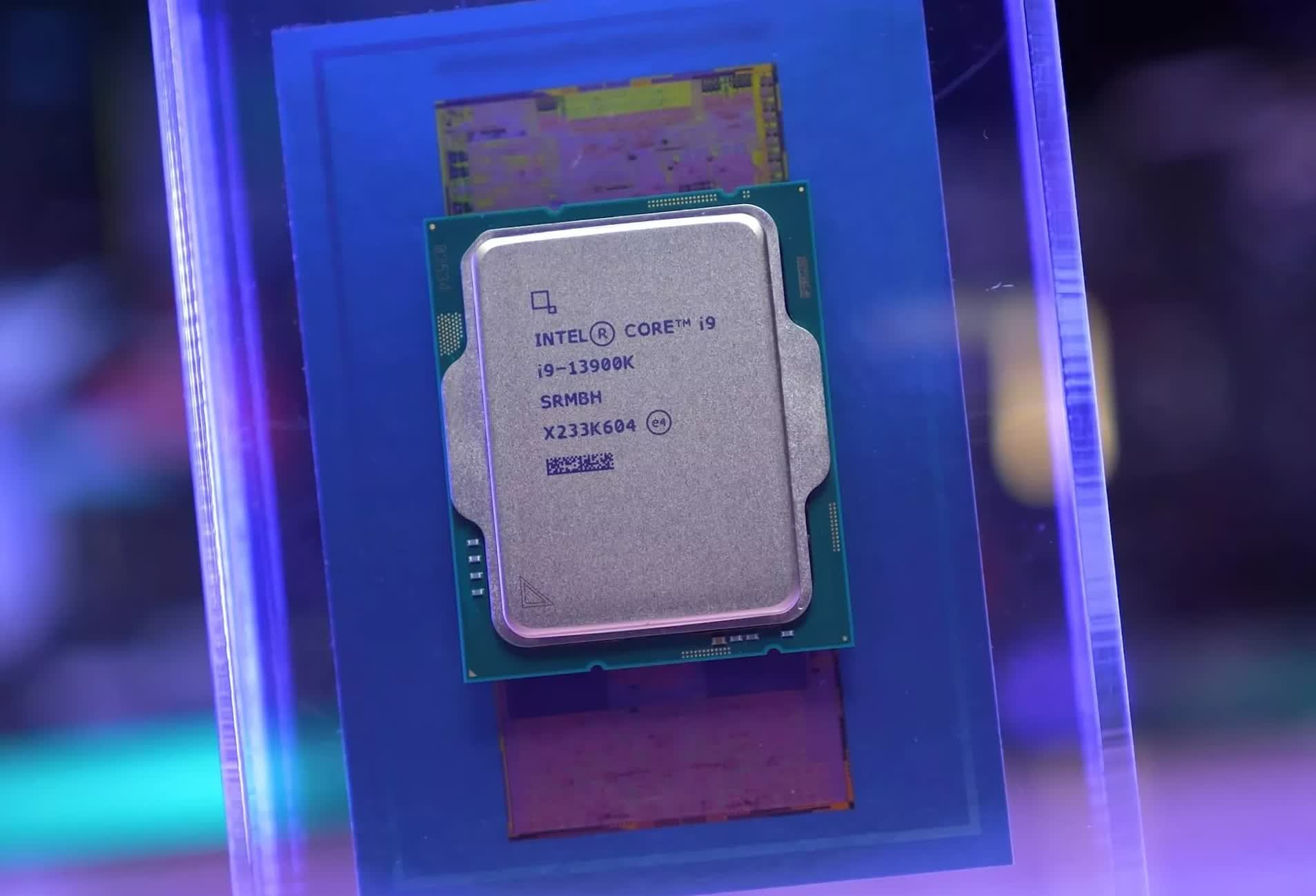Editor's take: Delidding is not for the faint of heart, nor is it for those that can't afford to replace their CPU. For starters, it'll void your warranty and if something goes wrong, it'll be up to you to come up with a replacement. But if you're willing to accept those risks and are interested in squeezing the most performance out of a chip, it's a proven technique to shave a few degrees off the top.
Intel's newly launched Core i9-14900K CPU has found its way to der8auer's test bench for a quick operating temperature evaluation (and mostly to determine if his delidding tools are compatible with the new chip).
The hardware enthusiast did everything in his power to ensure a level playing field including implementing a fixed CPU clock speed of 5.6 GHz on the P cores and a Vcore of 1.39. He also set the 360mm AIO cooling system's fan speed to around 2,000 RPM, and changed the water pump to a balanced profile. A 7600 XMP profile was also utilized across all runs.
Cinebench R23 was run with the CPU unmodified, and temperatures were recorded at an average core load of 93.1 degrees C. Der8auer's delidding tool made quick work of the heatspreader, and he was able to lap the core, apply liquid metal, and reseat the heatspreader without incident.
Back up and running, he recorded an average maximum P core temperature of 83.2 degrees C. Using a Thermal Grizzly contact frame, he was able to bring the average temperature down to 81.5 degrees C.
Der8auer said he was surprised by the findings because in earlier experiments (like with the Core i9-13900K), temps with liquid metal and the original IHS reapplied were not very good.
Your results will likely vary depending on a several factors including the quality of lapping job, whether or not you use a contact frame, your cooler and thermal paste of choice, and whether or not you reinstall the IHS or decide to install a direct die cooling solution.
